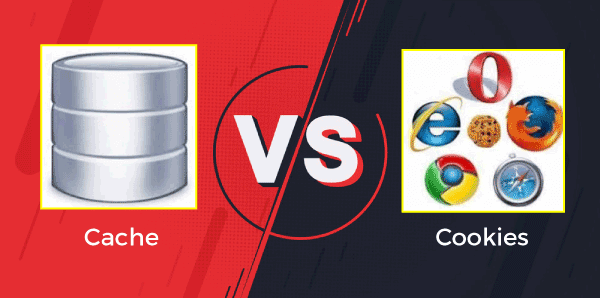
Cookies and caches are two distinct concepts in the world of computing, particularly in web technology. They both play essential roles but serve different purposes and functions.
Cookies:
Definition: Cookies are small pieces of data that websites store on a user's computer or device. They are typically text files containing information about the user's interactions with a website.
Purpose: Cookies are used for various purposes, including tracking user preferences, managing user sessions, and storing information like login credentials, shopping cart items, and website settings.
Examples:
Privacy: Cookies can raise privacy concerns, as they can potentially be used to track user activities across different websites. Many web browsers allow users to control and block cookies to protect their privacy.
Regulation: Various laws and regulations, such as the General Data Protection Regulation (GDPR) in the European Union, require websites to inform users about the use of cookies and obtain their consent for certain types of data collection.
Caches:
Definition: Caches are hardware or software components designed to store and retrieve data quickly. They store frequently accessed data, instructions, or resources to reduce the time it takes to access these items from slower primary storage.
Purpose: Caches are used to optimize system performance by reducing latency and improving data access speeds. They can be found at various levels in a computer system, including CPU caches (L1, L2, L3), disk caches, and web caches.
Examples:
Privacy: Caches do not typically raise privacy concerns on their own because they are mainly a performance optimization mechanism. However, improperly configured web caches may sometimes store sensitive information inadvertently.
In summary, cookies are used by websites to store user-specific data and settings, while caches are used at various levels in computer systems to speed up data access and improve overall system performance. Both cookies and caches serve valuable purposes in computing, but they have different functions and implications.
Thank you.